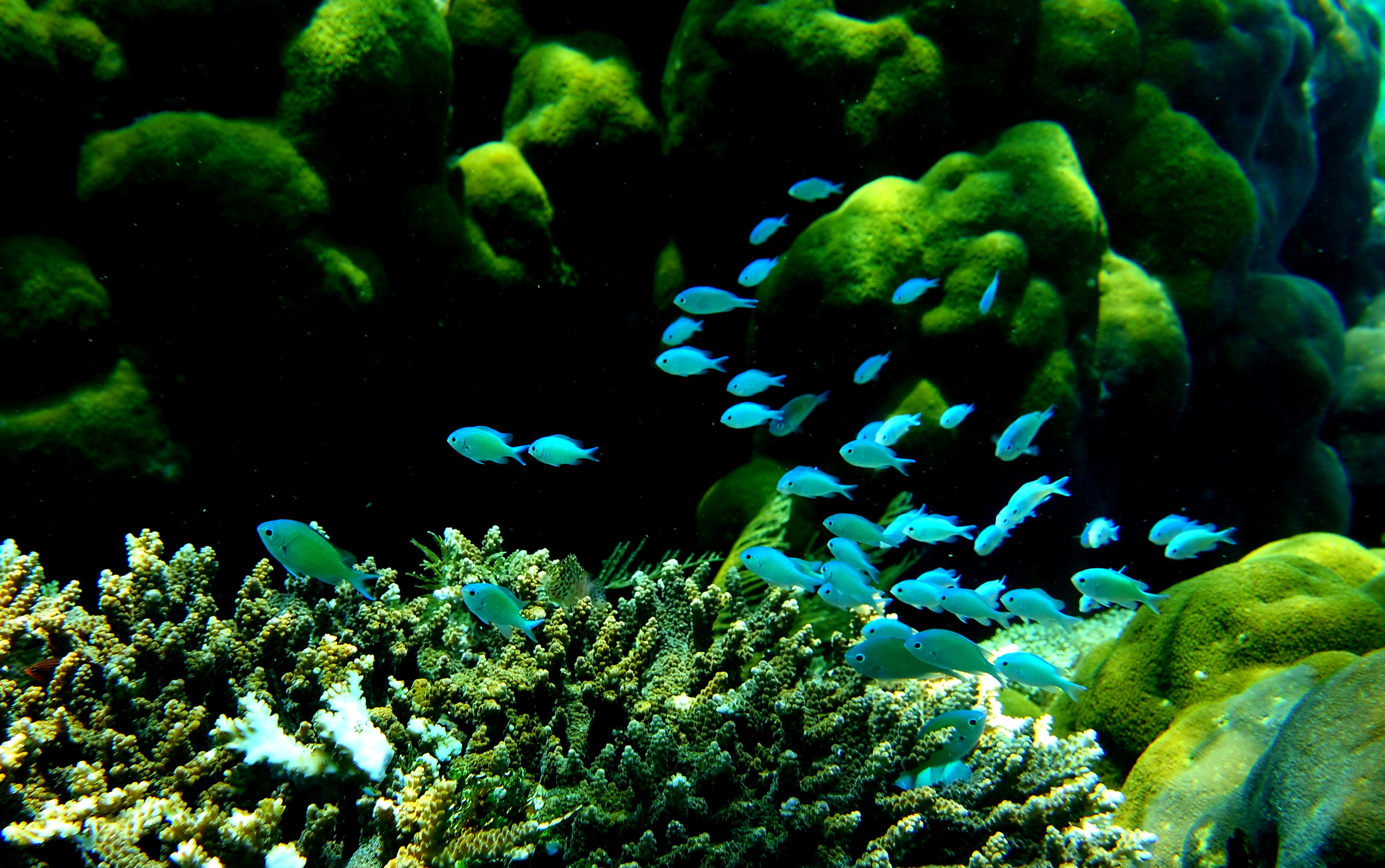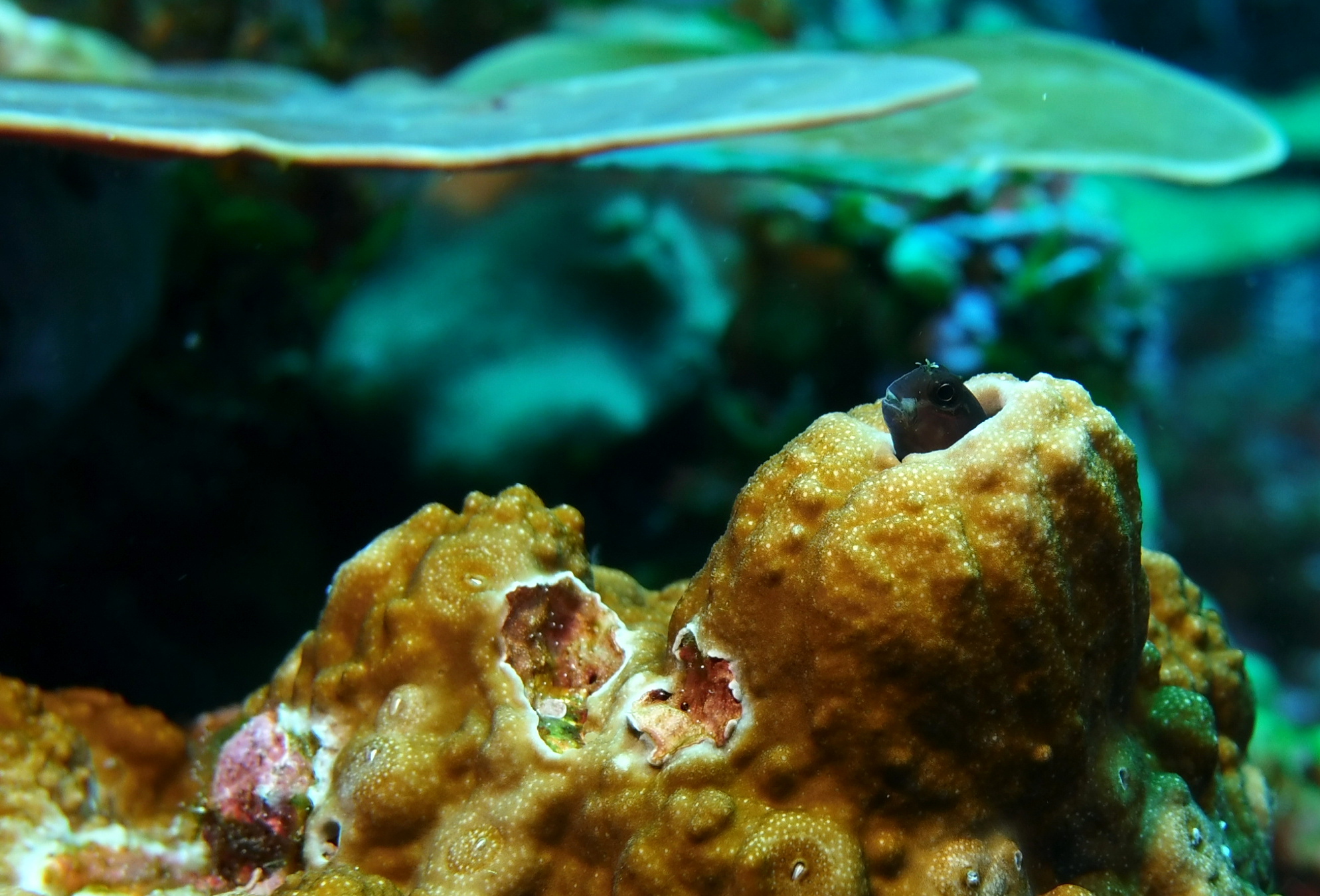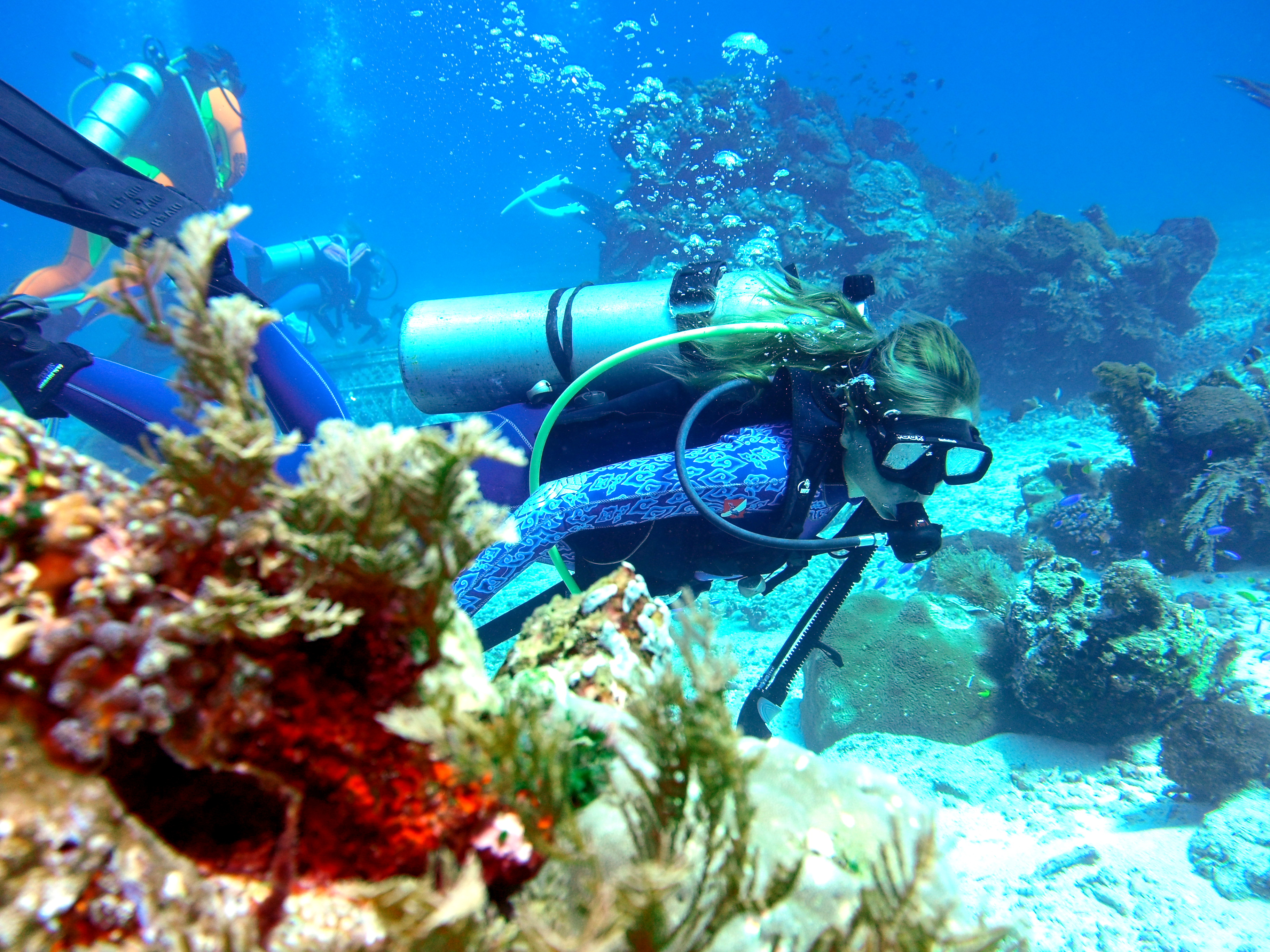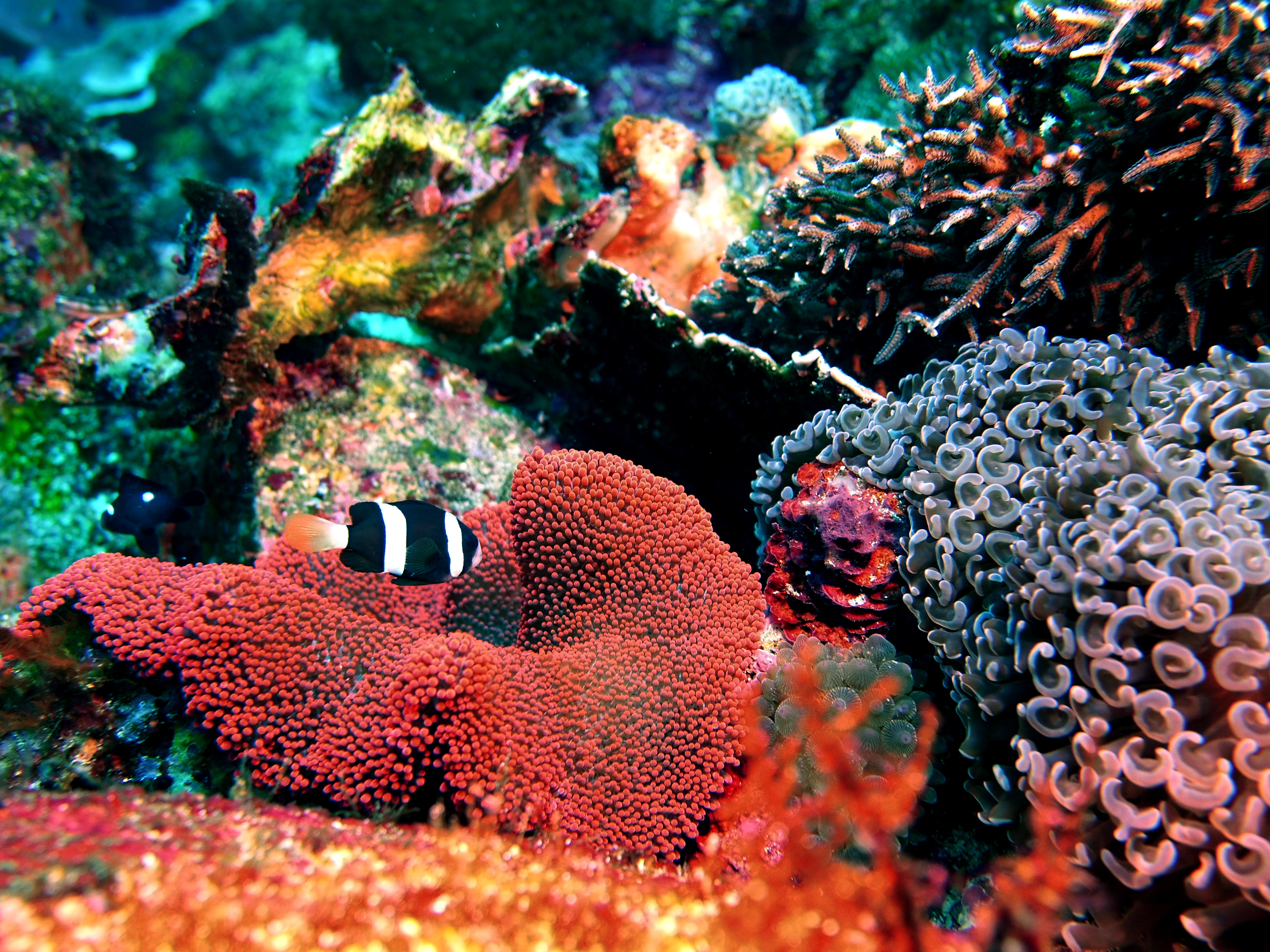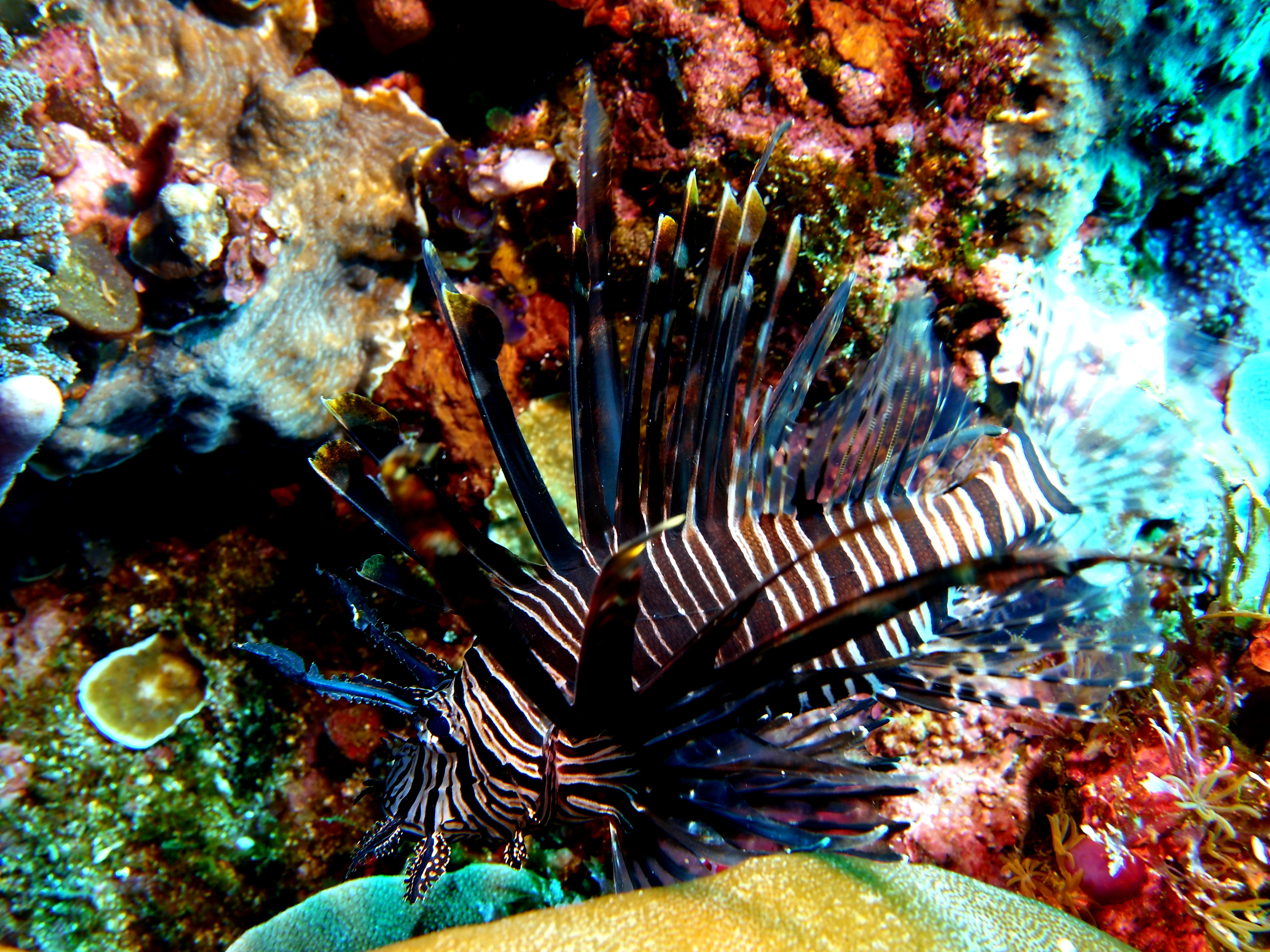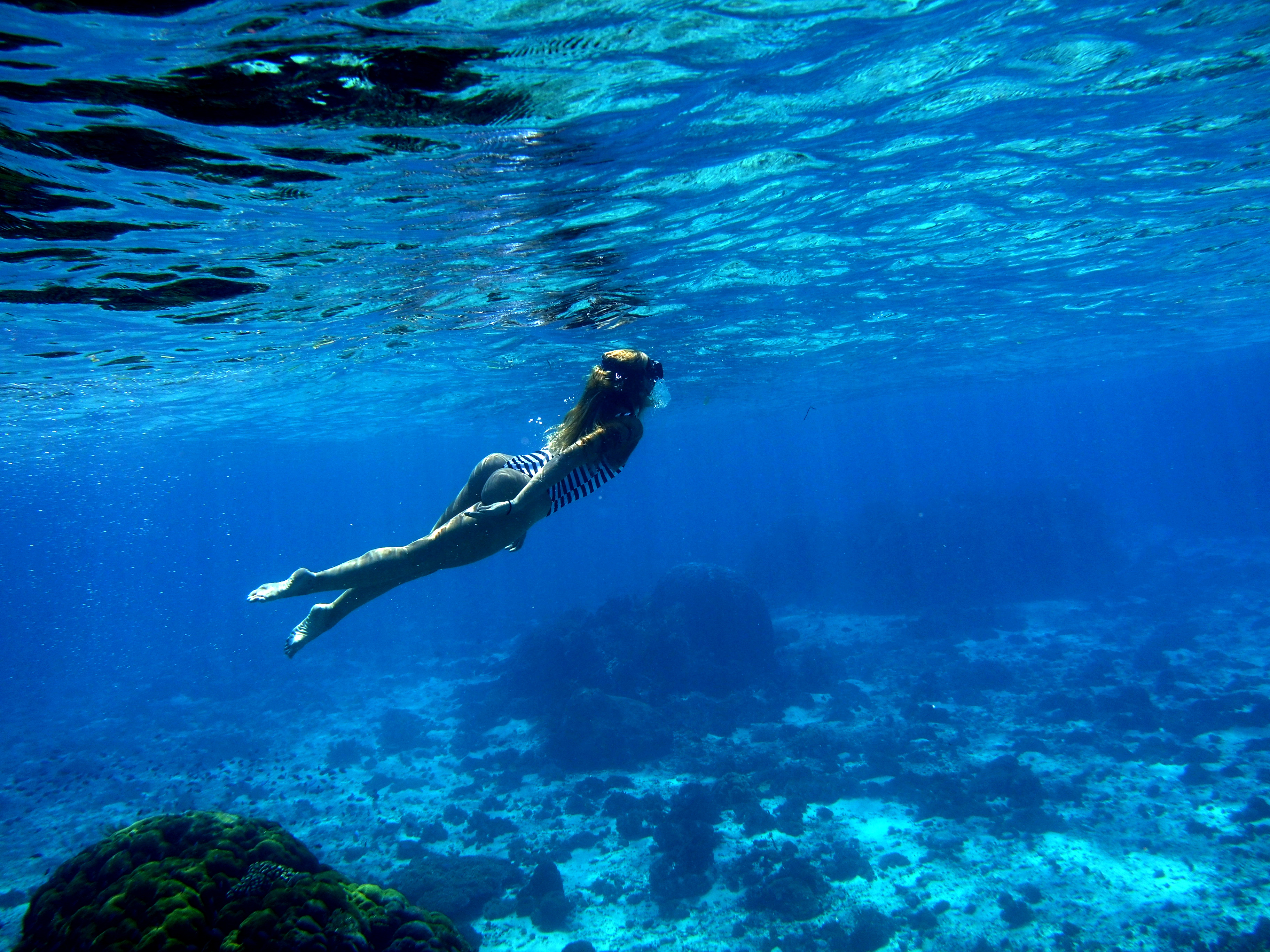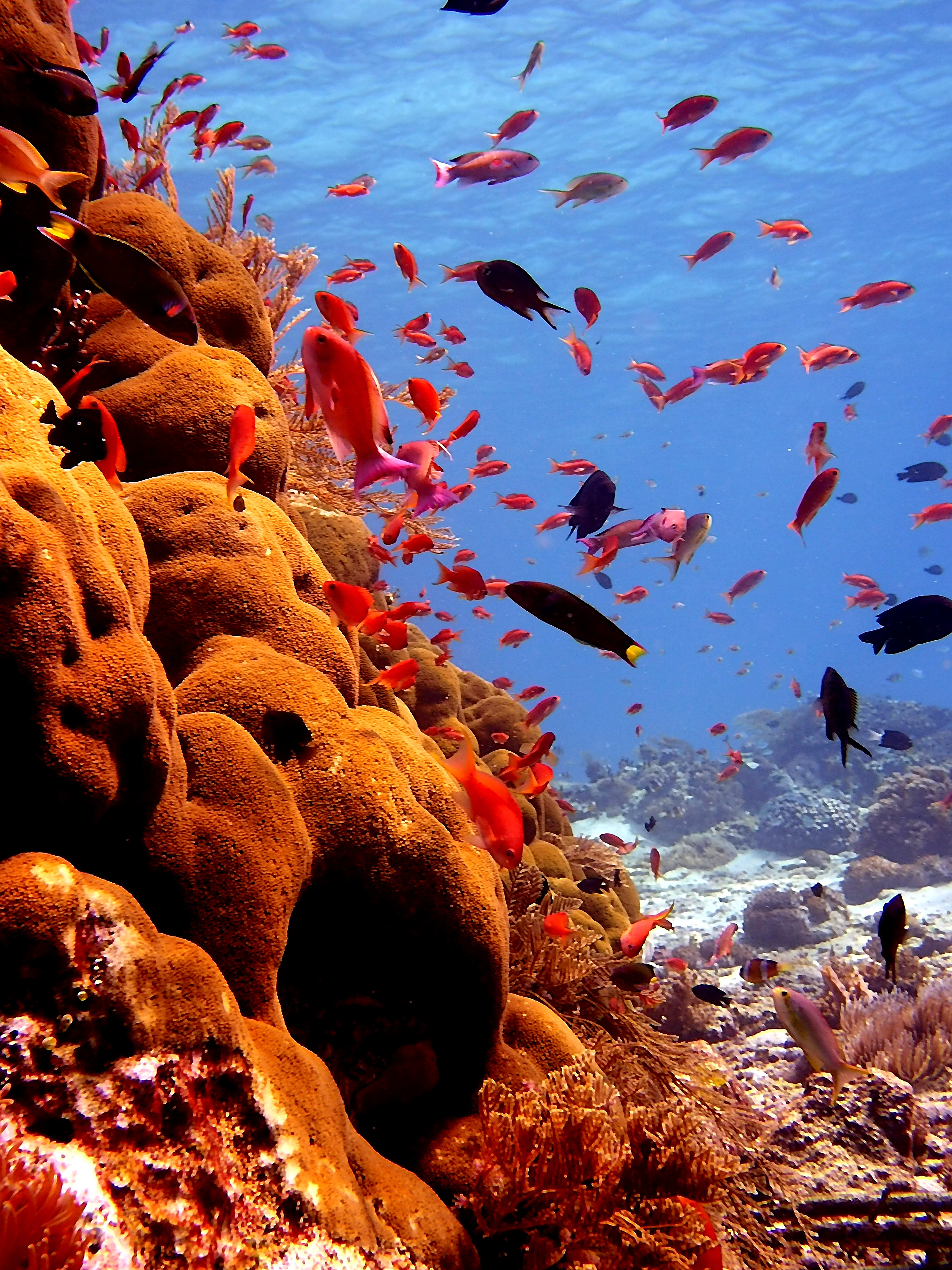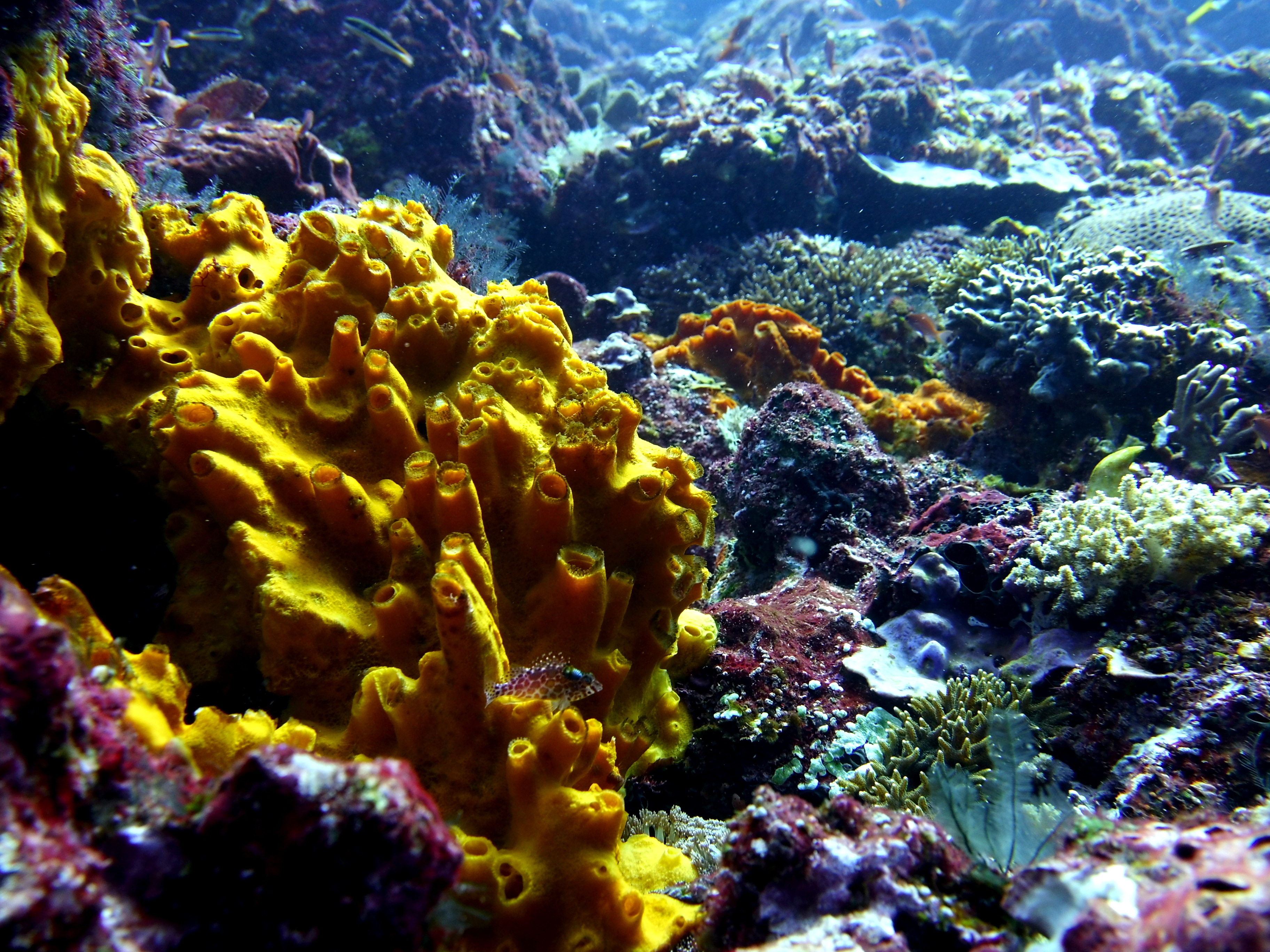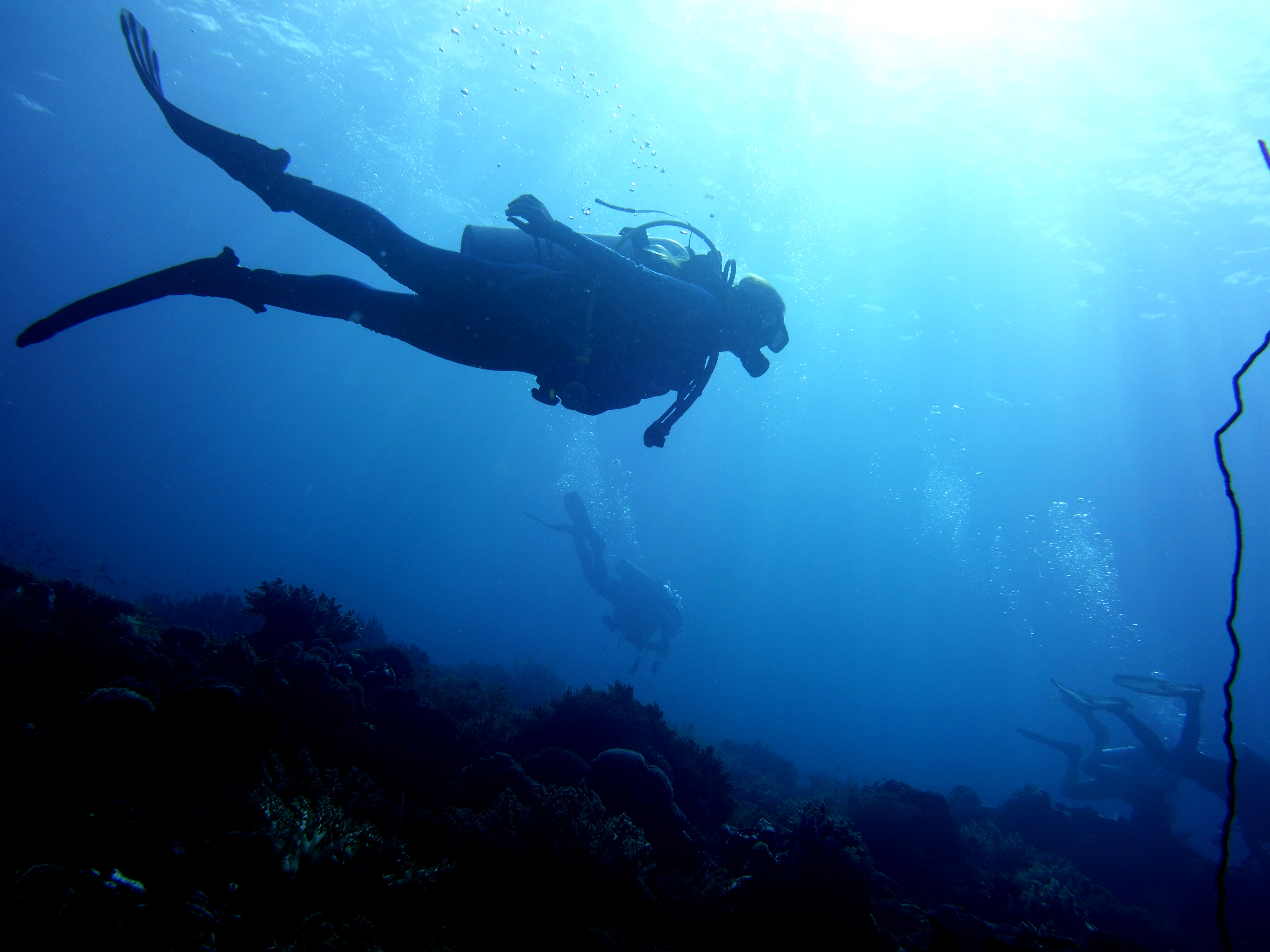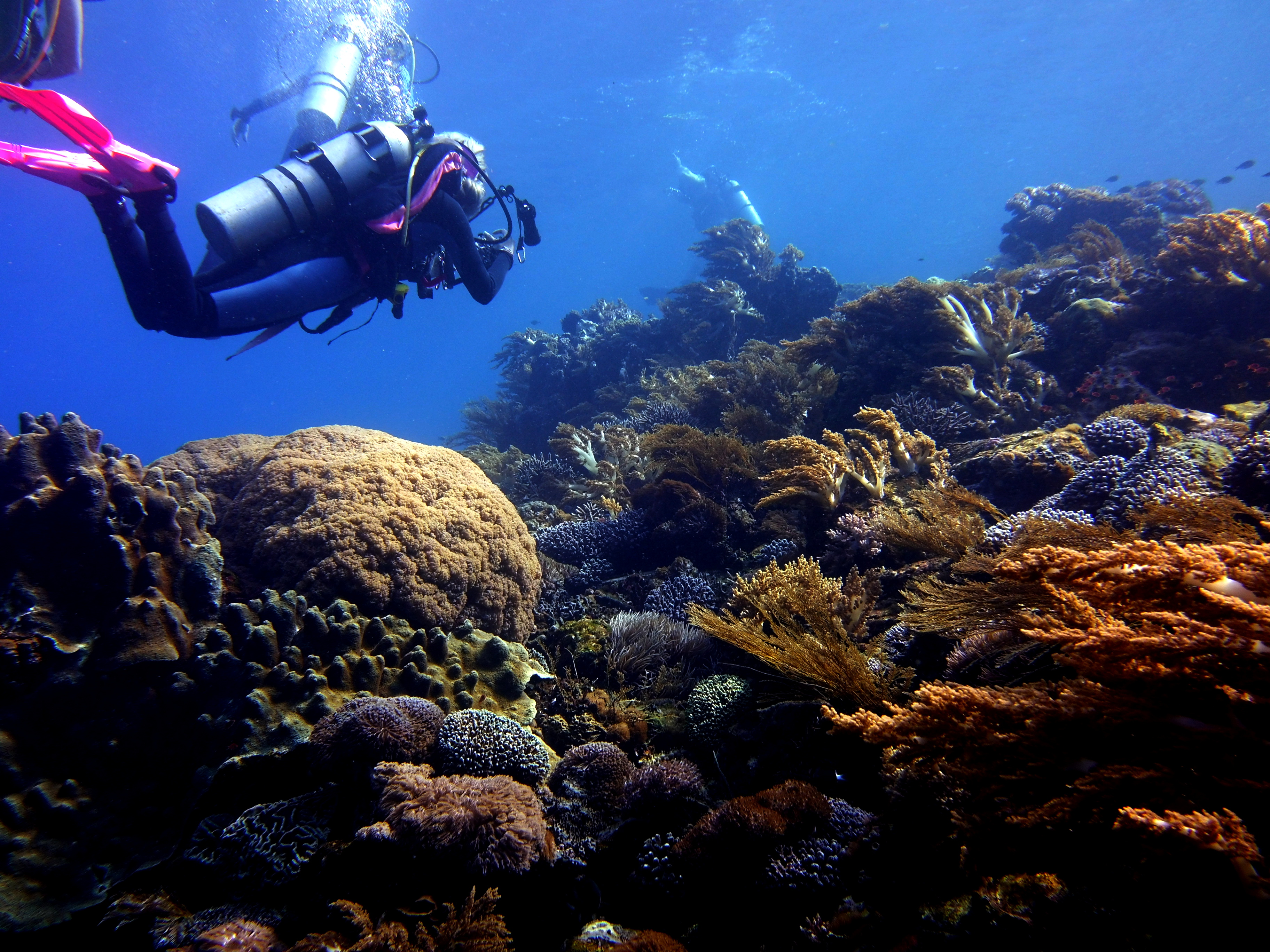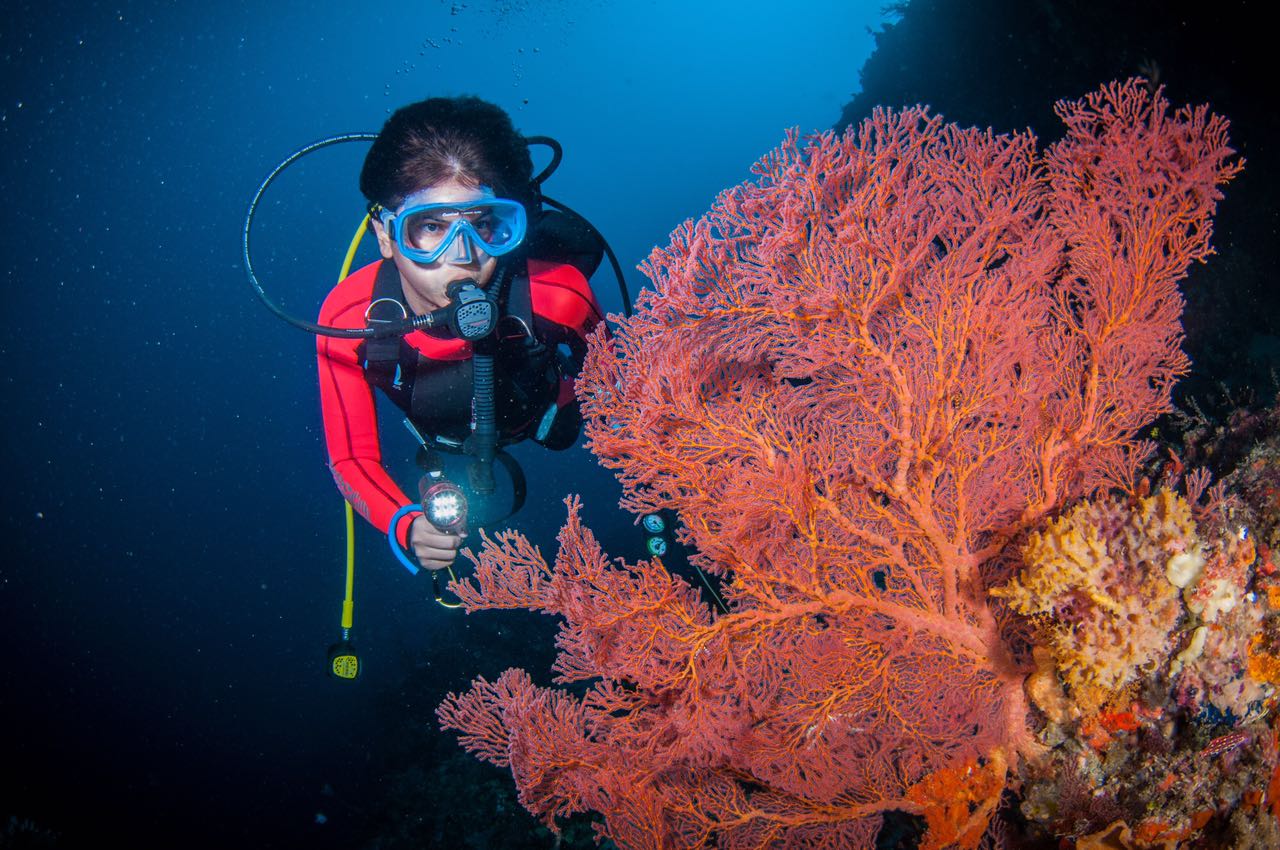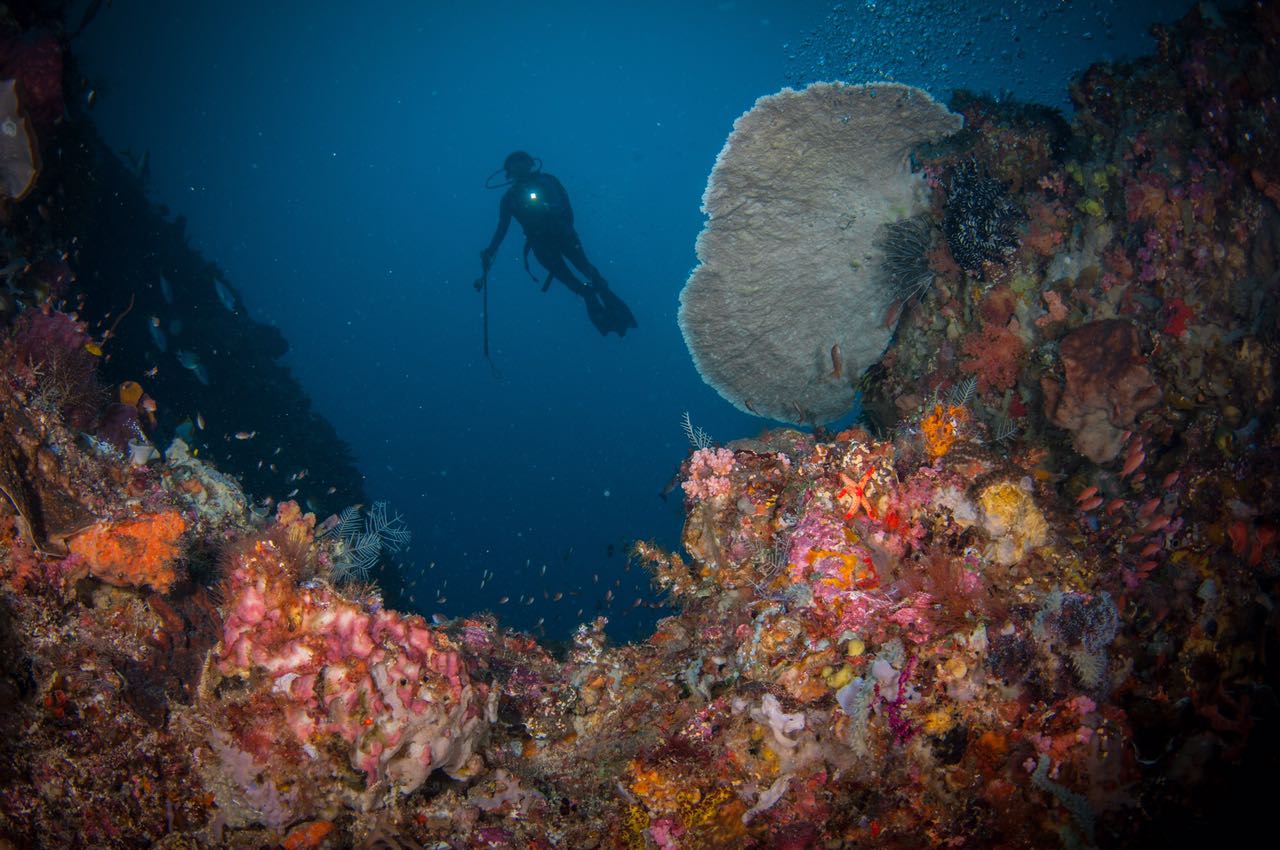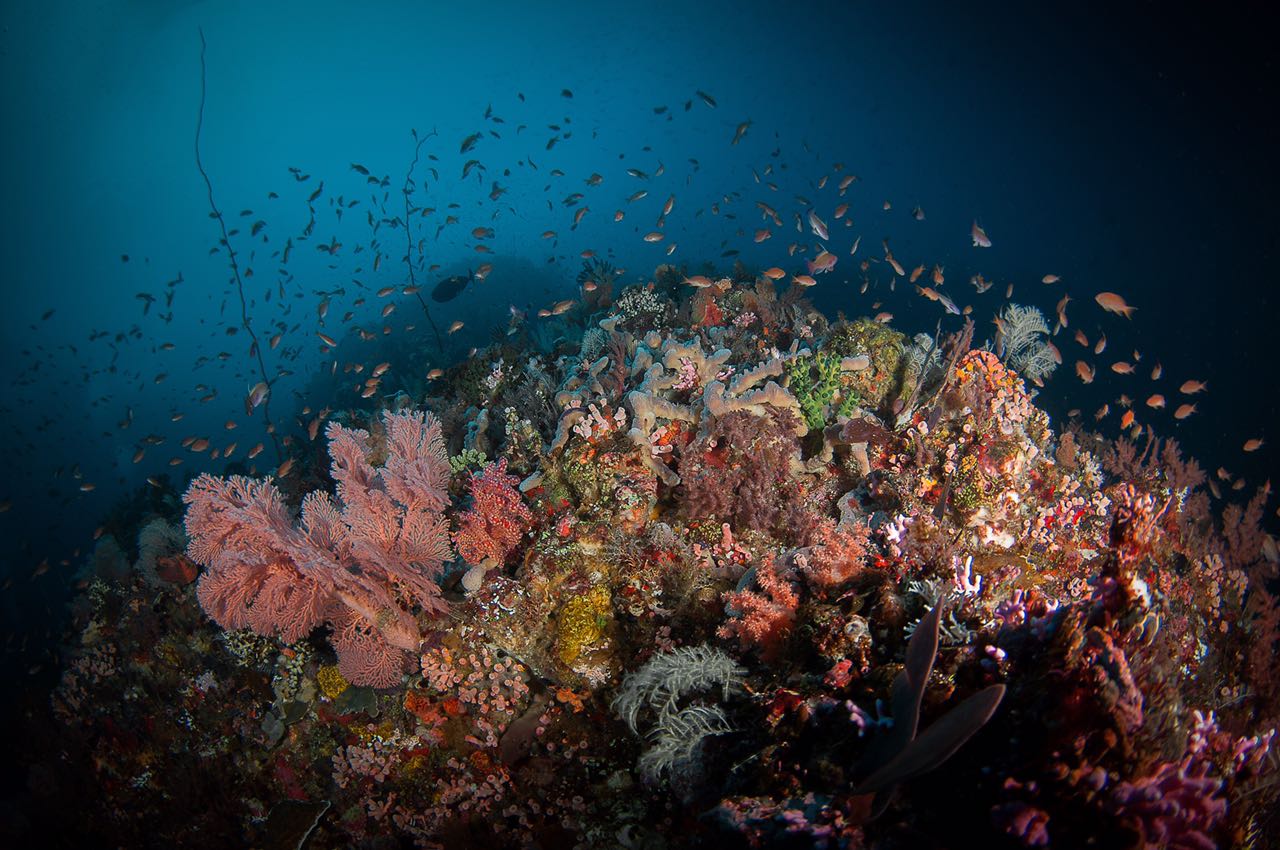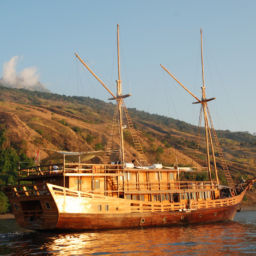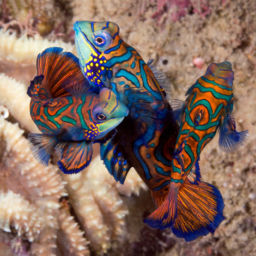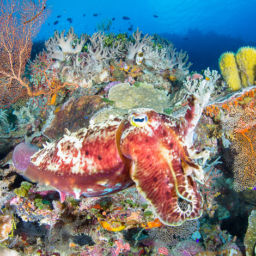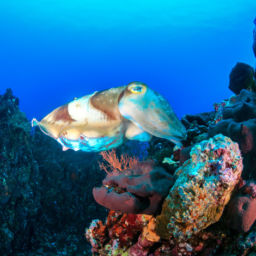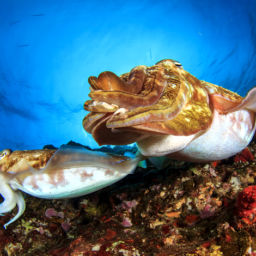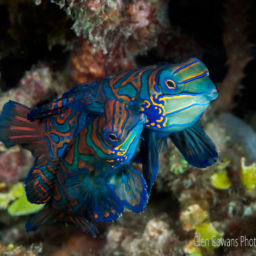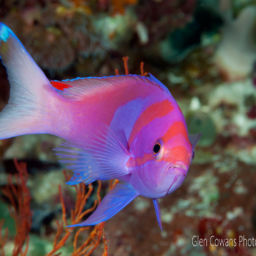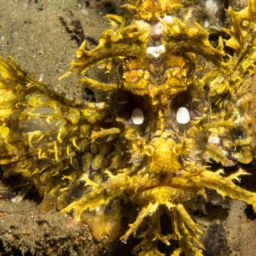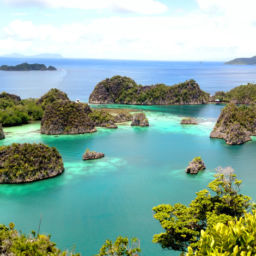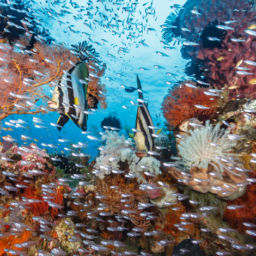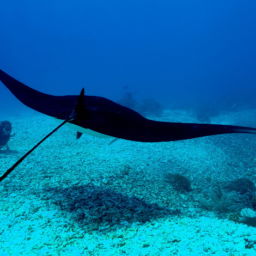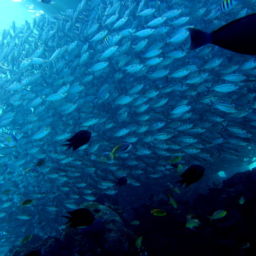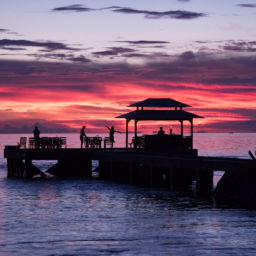Although my visit to Alor, Indonesia was far too brief — a lifetime would hardly be enough — when I think of how to describe the scuba diving in Alor, color and currents are the two words that immediately leap to mind. Note: Alor is not a destination for novice divers. The currents both above and below the surface can be unpredictable and strong. Our group was blown off one popular dive site because the currents that morning were just too strong for a safe dive, and we had to execute negative entries at multiple other sites. Because of this, make sure you have an experienced guide who knows the area well, like Donovan from Dive Alor Dive.
Aside from sometimes swift-moving waters and colorful reefs, what can divers expect in Alor?
Off the beaten path
It takes some work to get to Alor — six hours of flying and transit between Bali, Kupang, and Alor. Once you arrive in Kalabahi, the only town in Alor, you’ll see that the islands of the Alor Archipelago certainly aren’t a bustling tourist destination. This means you won’t find 5-star hotels — but you also won’t find jam-packed dive boats and crowds. Your dives will inevitably be more personal, and your group may be the only one on the site. Your focus here will be the diving, as there’s not much else to draw tourists. There are limited accommodations with limited amenities and few, if any, restaurants. Alor is truly a place for adventurous divers who don’t mind remote and rural locations.
Scuba diving in Alor
The diversity of the scuba diving in Alor is truly mind-boggling. You’ll find drop-offs and pinnacles, sloping walls and swim-throughs. If you love macro and muck diving, you’re in for a treat. Did I mention the visibility? It’s easily 120 feet (40 m) most of the time with water temperatures from 77 to 89 F (25 to 32 C). The reefs and walls are colorful and full of life, even if you need a bit of experience to dive them.
You can see the world’s largest aggregation of anemones — and their colorful resident anemonefish — at Valley of the Clowns (also known as Clown Valley). Other sites feature mandarinfish, blue-ringed octopus, harlequin sweetlips, nudibranchs, frogfish and countless other reef fish. You might also spot various rays, napoleon wrasse, barracuda, wobbegongs, and blacktip reef sharks. Mola molas and thresher sharks appear occasionally, as well as dolphins. We saw huge pods of dolphins on our way to and from multiple dive sites.
Some of the dive sites draw the local children, who will congregate around the dive boat. They’ll show off their own diving skills, usually wearing homemade goggles, if any, and engage the visiting divers in various kinds of play. I let one child use my dive mask after he asked. It nearly swallowed his entire face, but he didn’t seem to care as he laughed and carried on diving under the water and showing it off to the kids around him. I’ll be honest — this interaction was one of the highlights of my entire trip.
Underwater video was shot with my Paralenz camera.
The drone footage was taken by Mike Corey of Kick the Grind
Special Thanks to Indonesia Travel and my crazy dive buddy Neyu.
Best time to go
You can dive year-round in Alor, but the best diving is from March to December. There’s a little more current in October and November, and if you’re keen to see a mola mola, you may want to visit in September when your chances are higher.
All in all, Alor offers a diversity of world-class, advanced diving on lively reefs, with amazing visibility in warm waters. The low-key, uncrowded atmosphere is just the cherry on top.
For more on diving and travel in Indonesia, visit Wonderful Indonesia.


